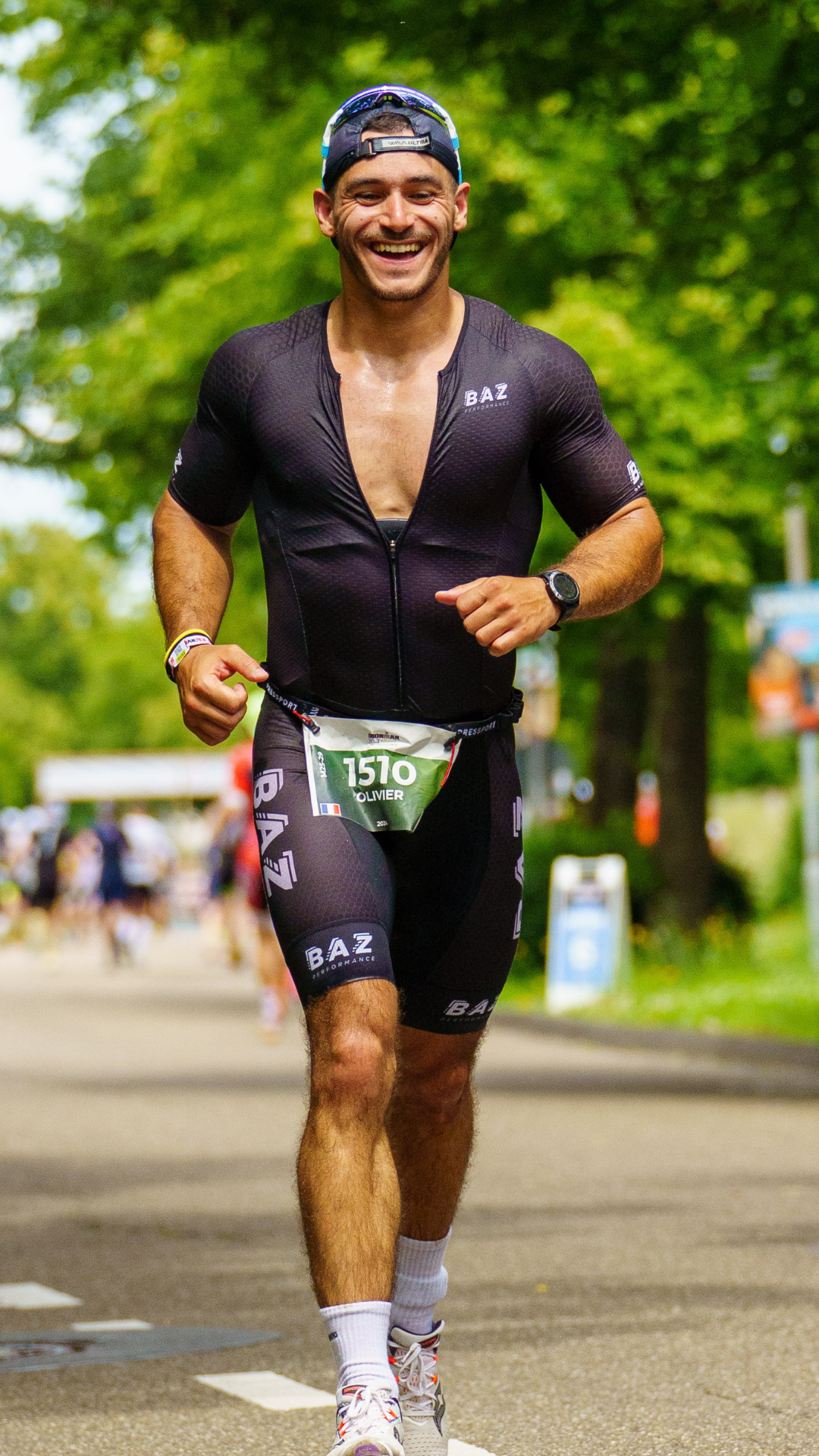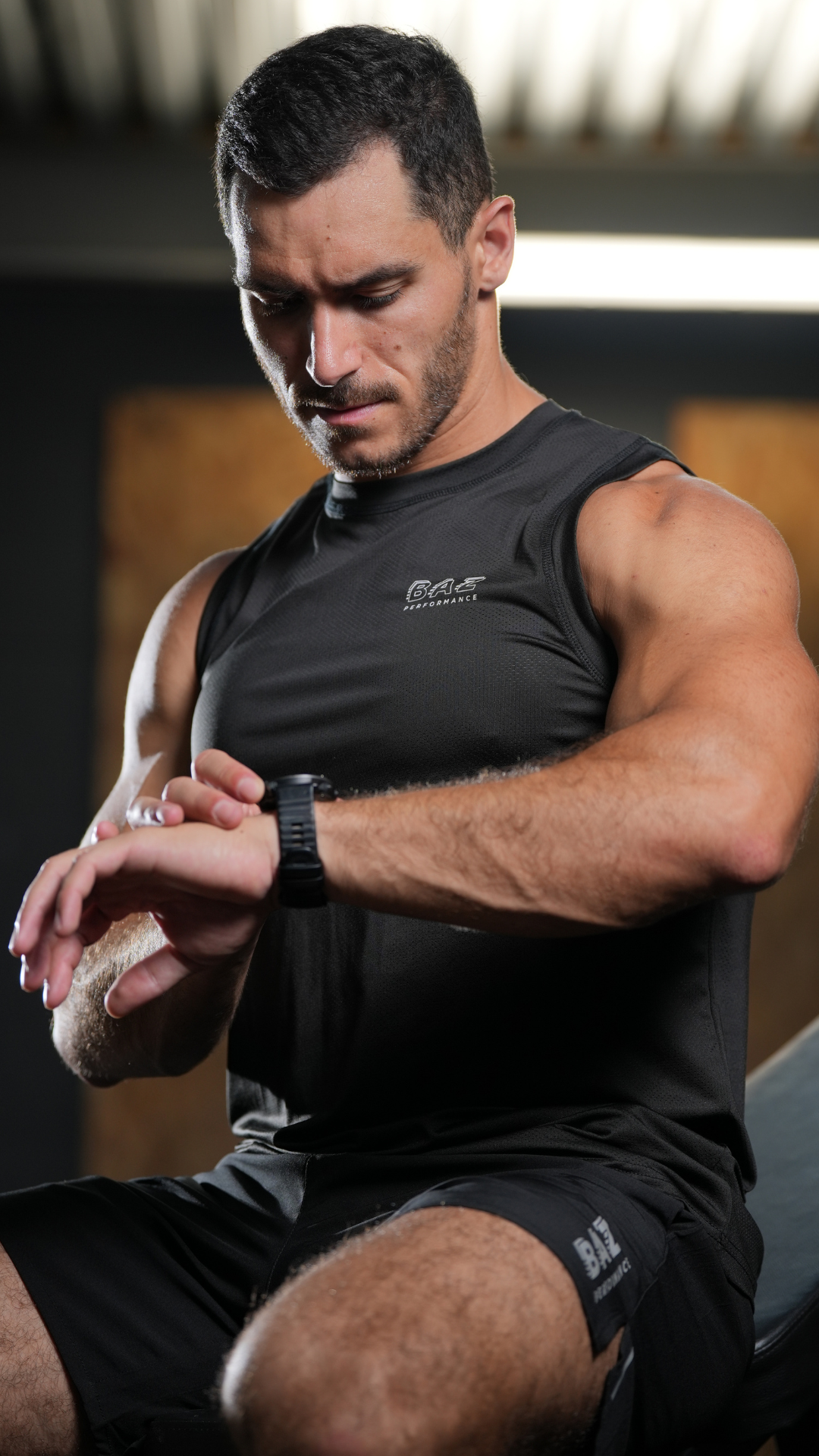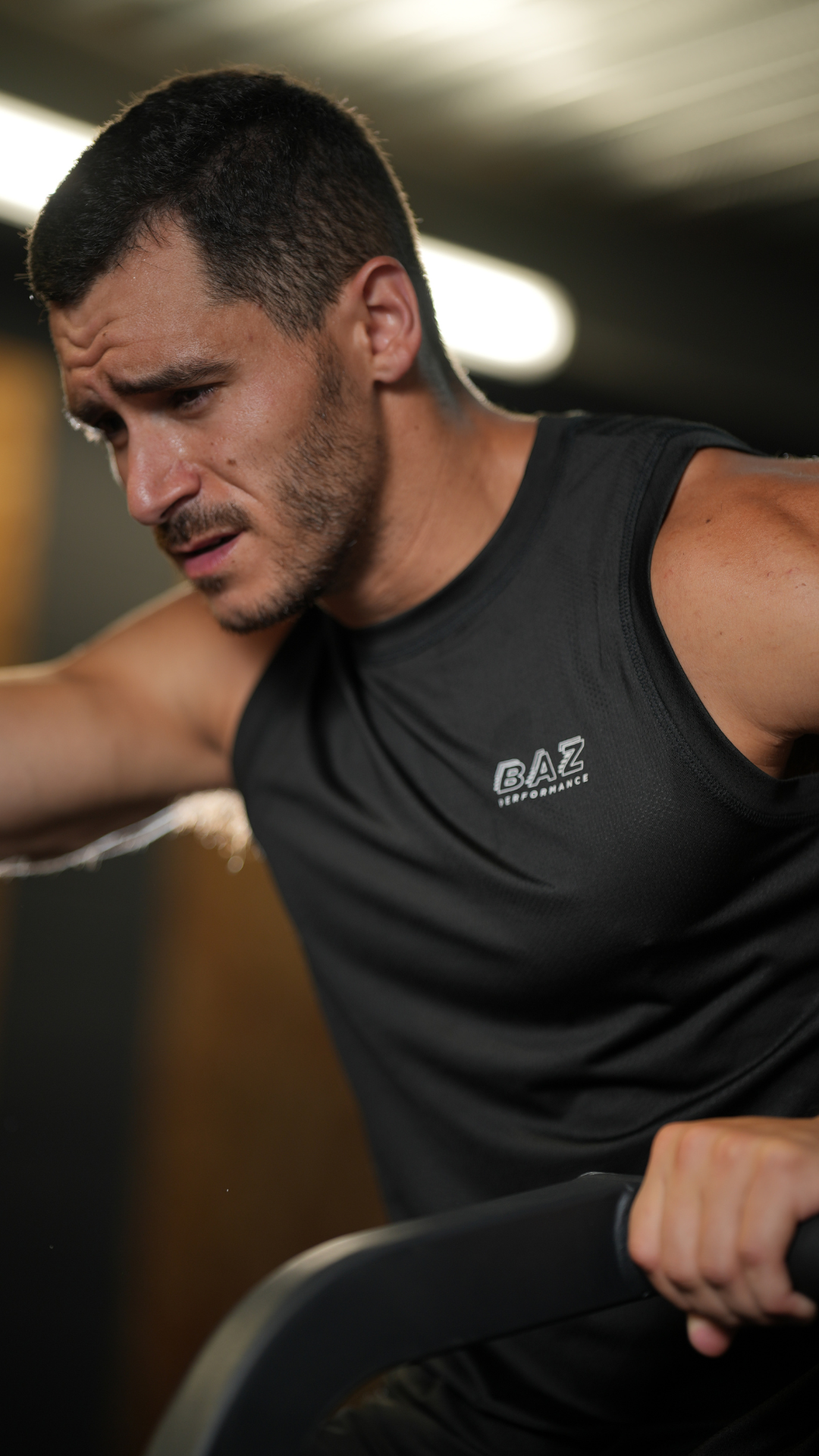
Improve Your Running Technique and Performance
Running is one of the most accessible and popular sports, but achieving peak performance requires more than just lacing up your running shoes and going for a run. To progress and avoid injury, it's essential to work on both your technique and your fitness. In this article, we offer practical tips to improve your running technique and boost your performance, whether you're a beginner or an experienced runner.
1. Optimize Your Running Form
Running technique is fundamental to running faster, longer, and with less risk of injury. Here are some key elements to work on:
- Posture : Maintain an upright posture, with your torso tilted slightly forward. Avoid leaning too far forward or slouching, as this can restrict your breathing and put unnecessary strain on your muscles.
- Arms : Keep your arms bent at about 90 degrees and swing them naturally back and forth, without crossing them in front of your body. Your arm movement should be synchronized with your leg movement, helping to maintain balance and give rhythm to your run.
- Stride : Adopt a light, quick stride with short steps. Avoid striking the ground with your heel, as this can cause injury. Instead, try to land on the midfoot or forefoot, which will allow you to bounce back more efficiently and reduce the impact on your joints.
If you want to refine your running technique with tailored guidance, our personalized coaching program will help you reach your goals faster.
2. Incorporate Specific Workouts
To improve your performance, it's important to vary your workouts. Here are some types of exercises to include in your routine:
- Intervals : Interval training involves alternating periods of intense effort with periods of recovery. For example, you might sprint for 30 seconds, then walk or jog for 1 to 2 minutes before repeating. This type of training improves both speed and endurance.
- Fartlek : Fartlek, or "speed play," is a less structured workout than intervals. During a run, vary your speed according to how you feel, speeding up at certain points and then returning to a more relaxed pace. This method develops the ability to change pace and adapt to different types of terrain.
- Hill : Running uphill strengthens your muscles, especially your quadriceps and calves, while improving your power and endurance. Incorporate hill sessions into your training to add intensity and strengthen your ability to run on varied terrain.
For those intense sessions, our running shorts offer the comfort and freedom of movement you need to stay efficient.
3. Strengthen the Body with Weight Training
Running uses many muscles, not just the legs. To improve your technique and performance, it's essential to strengthen your entire body:
- Strengthening exercises : Work on stabilizing muscles, such as your abs and back muscles, which play a key role in maintaining good posture. Squats, lunges, planks, and plank exercises are excellent choices for strengthening these areas.
- Plyometric training : Plyometric exercises, such as jumps and short sprints, develop muscular power and improve the ability to generate force quickly. This results in a more explosive stride and improved running efficiency.
- Balance and Proprioception : Working on your balance with exercises such as single-leg squats or using stability balls can improve your coordination and reduce the risk of injury.
For these strengthening exercises, our tank tops are perfect to accompany you.
4. Emphasize Recovery
Improving performance doesn't just happen during training, but also during recovery. Here are some tips to maximize your rest periods:
- Stretching and Mobility: After each run, take the time to stretch to release muscle tension and maintain flexibility. Regular yoga or mobility sessions can also help prevent injuries.
- Sleep: Sleep is crucial for muscle recovery and tissue repair. Make sure you get enough sleep each night to allow your body to fully recover.
- Nutrition: A balanced diet rich in protein, complex carbohydrates, and healthy fats supports your performance and recovery. Remember to stay hydrated, especially after intense workouts.
During your long sessions, remember to hydrate yourself regularly thanks to our 250ml soft flasks , designed to be light and easy to carry.
5. Set Goals and Stay Motivated
Having clear goals is a great way to stay motivated and measure your progress. Whether it's breaking a personal record, running a certain number of kilometers per week, or participating in a race, set goals that are specific, measurable, achievable, relevant, and time-bound.
Tracking your progress, whether through a running app or a training journal, will help you stay on track and celebrate every step of your progress.
If you need help structuring your program or staying motivated, our personalized coaching can provide the support you need.

